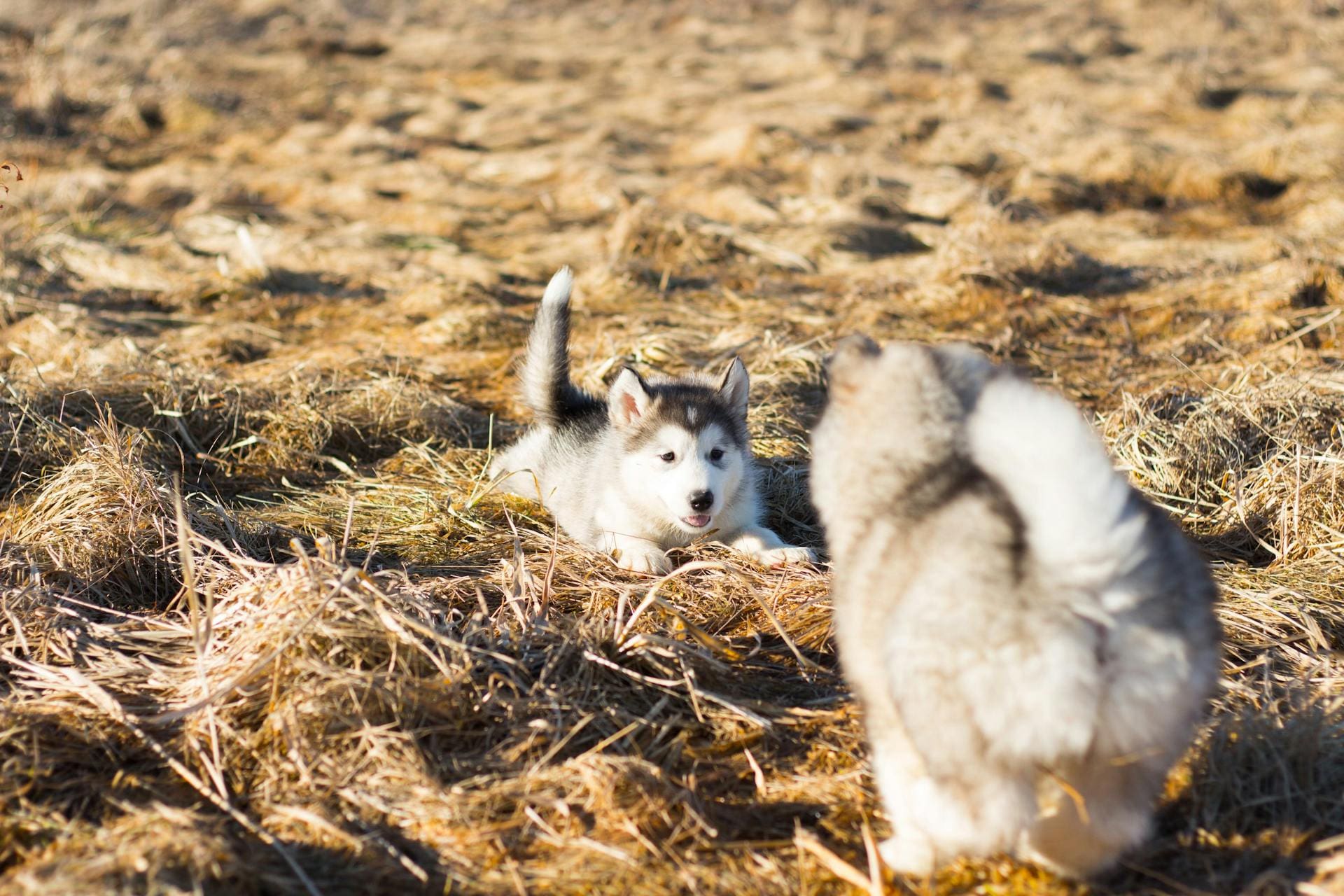Getting a new puppy home is exciting, but knowing how to socialize a puppy the right way can overwhelm some first-time owners. The socialization period between 3-14 weeks of age sets your puppy’s personality and confidence level for the rest of their lives.
Positive experiences with people, other animals, and environments create well-rounded adult dogs, while negative experiences create phobias for life. The key is finding the right balance between exposure and protection, making your puppy feel safe while building social skills. Discover how to navigate this crucial developmental phase without creating stress or anxiety.
Understanding Your Puppy’s Socialization Timeline
Puppy socialization is not a one-size-fits-all scheme—it varies widely by age and personality. Little puppies between 8-12 weeks are naturally curious but stressed quickly, so a gradual introduction is called for.
Key milestones for safe socialization:
- 8-10 weeks: Focus on sounds at home, gentle petting, and exposure to immediate family
- 10-12 weeks: Introduce friendly, vaccinated dogs and non-threatening visitors
- 12-16 weeks: Exposure to new environments, car rides, and controlled public venues
Veterinarians recommend starting socialization immediately after bringing your puppy home, even before full vaccination. The American Veterinary Society of Animal Behavior states that the benefits of early socialization outweigh the small risk of disease when done thoughtfully. Puppy kindergarten classes with reputable trainers provide controlled environments where young dogs can interact safely with others their age.
Read More: 10 Dog Training Mistakes You Can’t Afford to Make
Recognizing Puppy Stress Signs During Socialization
Many new owners get frightened and overlook key puppy stress signals that tell you when to step back or slow down. Your puppy’s body tells you everything about how comfortable they are with social contact.
Watch for these warning signals: over-panting, drooling, shaking, hiding behind you, or trying to bolt. Bella, a Labrador puppy aged 10 weeks, would go rigid as a board when meeting strangers—her owner initially thought she was being polite, but it was actually a fear response and required more relaxed introductions.
Some other stress signs include loss of appetite, home accidents after successful toilet training, or sleeping too much. Trainers emphasize the “three-second rule”—if your puppy shows signs of stress for more than three seconds, remove them from the situation and try it again later at a lower level.
Read More: 15 Quick Dog Training Fixes for Summer Problems
Creating Positive Social Experiences
Successful socialization is quality, not quantity. Rather than exposing your puppy to many new things a day, choose one positive experience and end on a high note.
Start far away and decrease the space between your puppy and the new stimulus gradually. To socialize with other dogs, begin a block or two removed from a friendly, well-behaved dog and reward your puppy for looking without reacting. Food rewards and praise create positive associations with new things.
Control the environment by having the visitors disregard your puppy at first and wait for the pup to come when it is ready. Avoid forcing interaction or picking up your puppy when it is scared, since this can promote fearfulness.
Building Confidence for Life
Learning how to socialize a puppy properly sets the stage for a well-adjusted, self-assured adult dog. Remember that socialization is a lifelong process throughout your dog’s life—it’s not just for puppies. Each positive experience creates resilience and flexibility.
Start using these gentle methods today by paying attention to your puppy’s stress signals at their next socialization event. Want a socially confident dog? Begin with positive, short exposures and gradually increase your puppy’s comfort level, respecting their own pace.
Read More: 10 DIY Dog Agility Obstacles for Backyard Summer Fun






